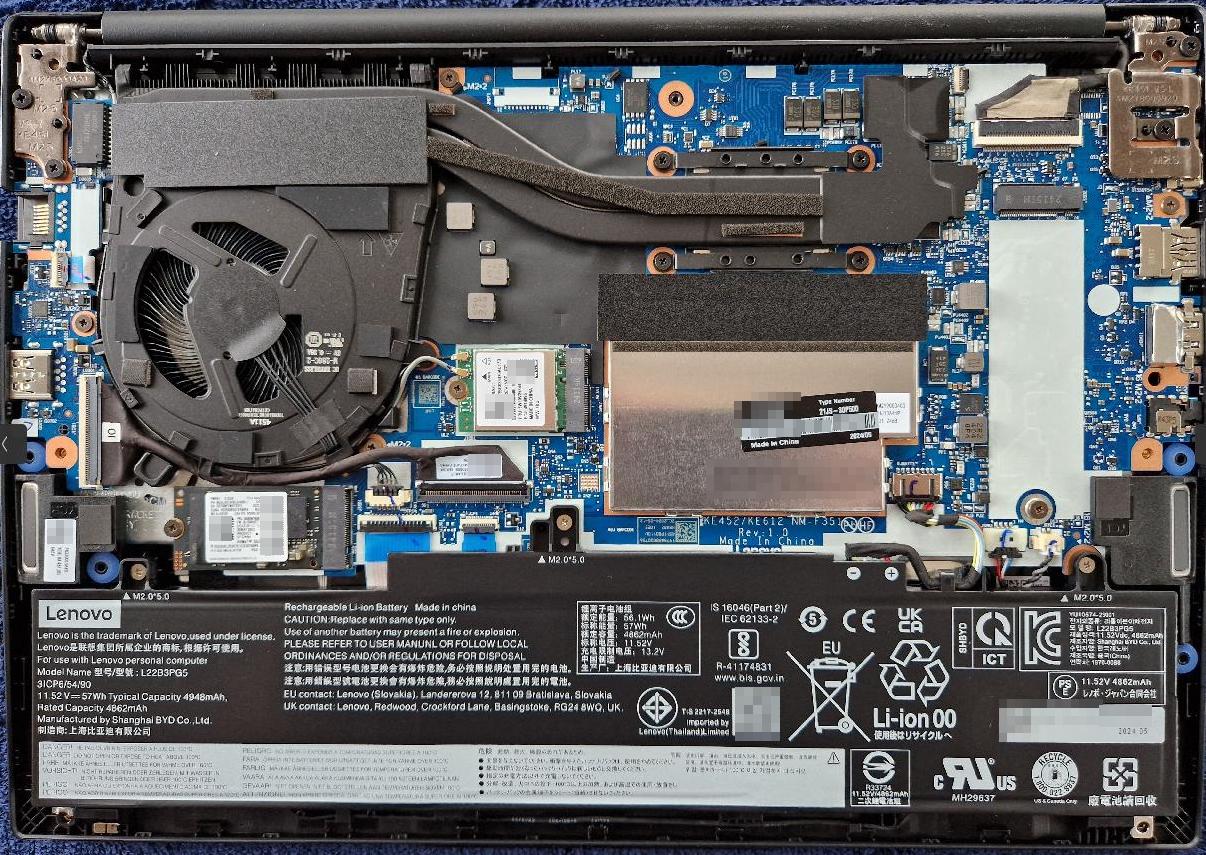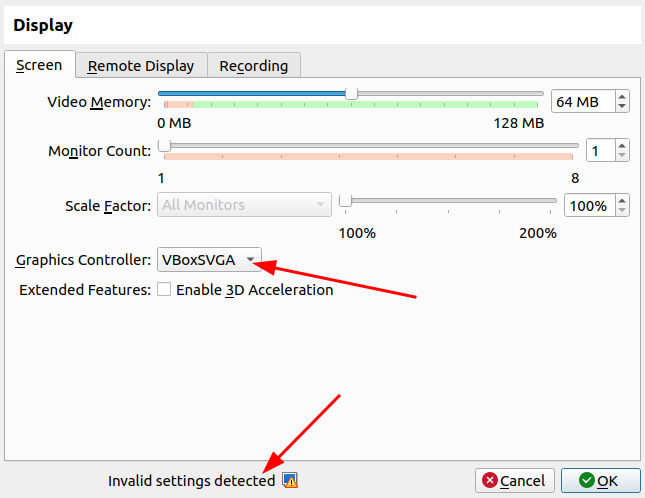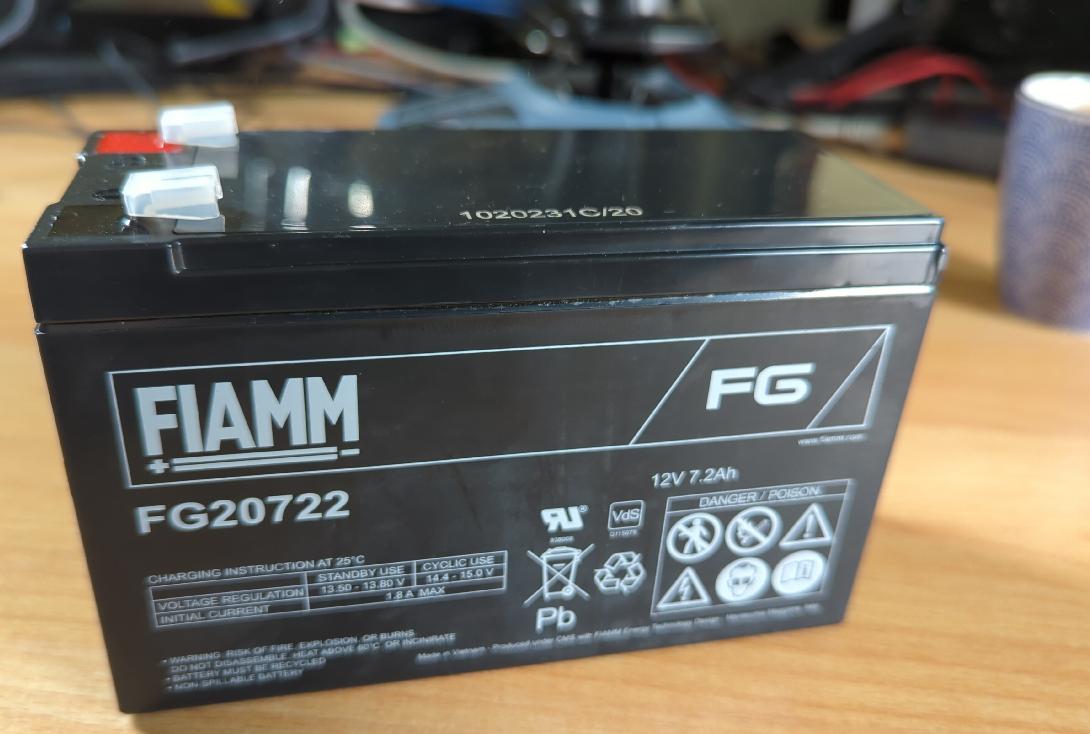Recently I got myself a new ‘spare’ notebook from the entry range of the Lenovo Thinkpad series, a Lenovo E14 AMD Gen 5 for 600 euros (21JS-SOP500, production date 2024/05). Notebookcheck already reviewed the device about a year ago and there’s already the Gen 6 version of the E14 on the market. In other words, it’s not the latest model. While the price difference to the latest model is still around 150-200 euros, the specs look pretty similar. So I don’t think I’m missing much here. In previous years, buying a relatively new notebook and running Linux on it was always a bit of a gamble and sometimes required manual driver installation or replacement of a cheap and not very well supported Wi-Fi PCI card for something with better performance and Linux support. So how about this time around?

Spoiler: To my great pleasure, everything worked straight out of the box with Ubuntu 22.04 and a Linux 6.8 kernel. Even the low end Realtek Wi-Fi PCI card worked, at least at first… But there were two quirks I’m not quite happy about, so read on for the details.
Continue reading Review: Lenovo E14 AMD Gen 5 and Ubuntu 22.04

